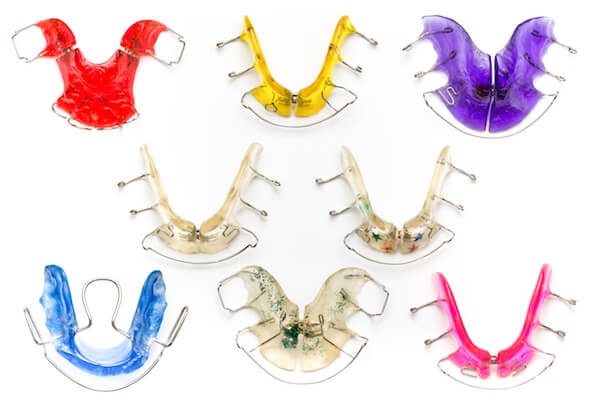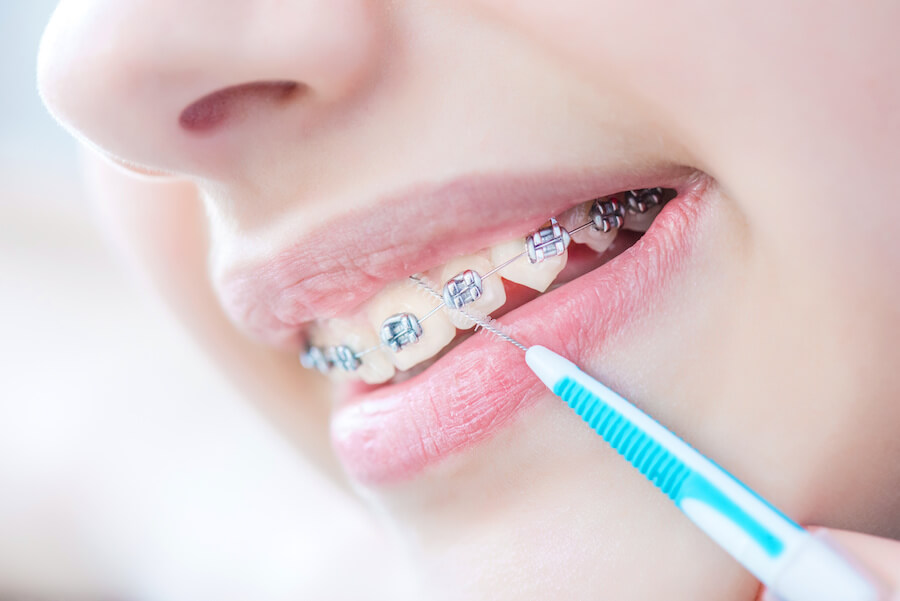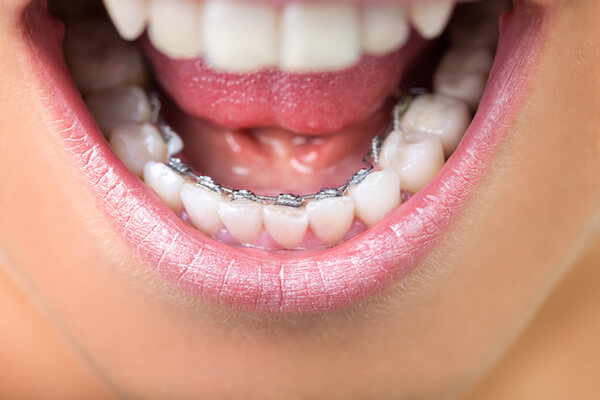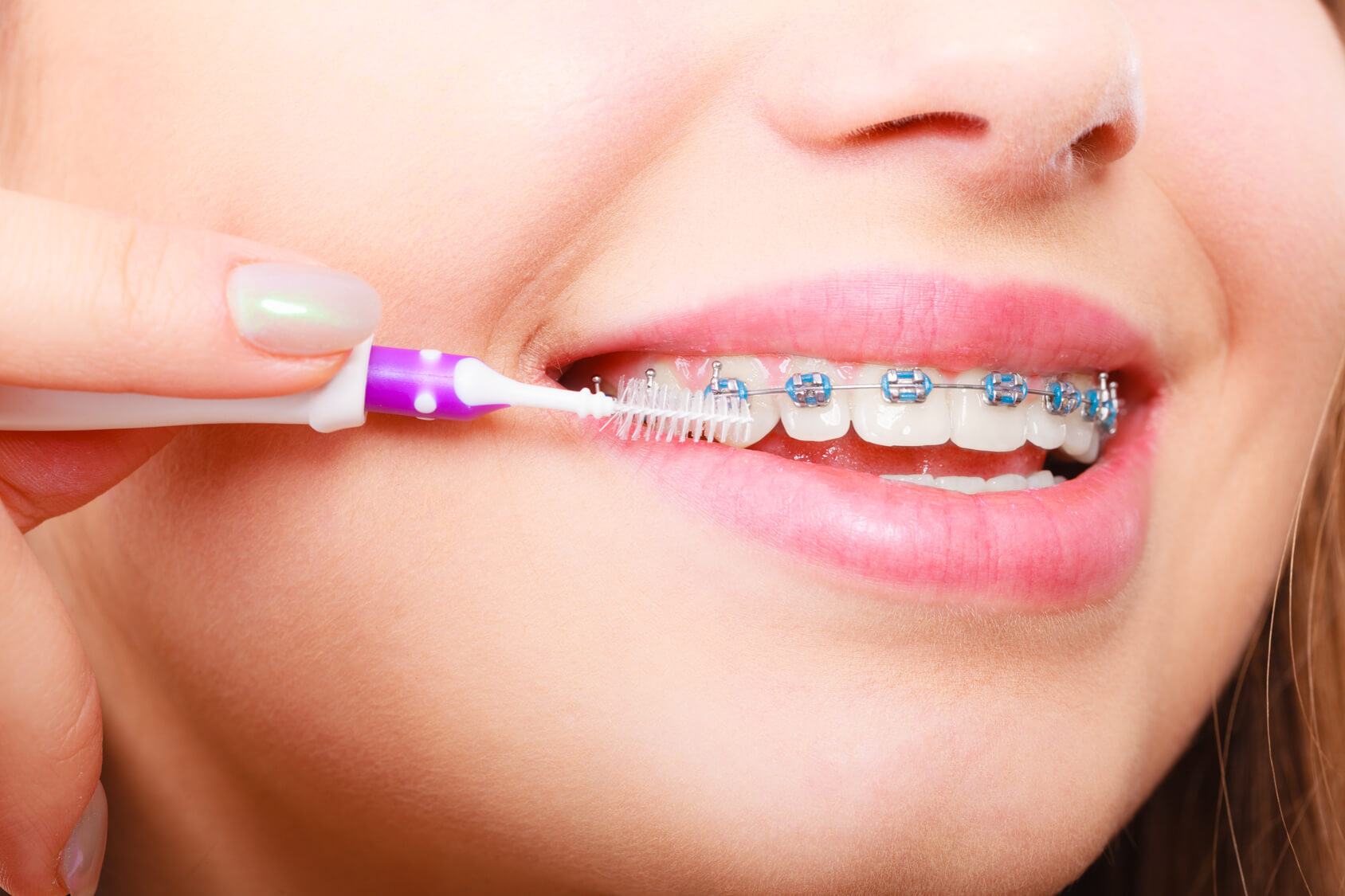When Should You Consider Braces?

Have you ever thought about getting braces, but are unsure if you needed them? We will take a look at some of the reasons why teens and adults consider getting braces.
Braces Fix Crooked, Overlapping, and Crowded Teeth
In an ideal world, your teeth would grow and develop in your mouth in a straight, slightly arched line. All the teeth would be neatly placed next to each other and not overlap, slant to the side, or push against each other. Unfortunately, that doesn’t always happen.
Many people develop crooked, overlapping, or crowded teeth. This can be caused by a number of things ranging from improper jaw development or growth and losing baby teeth too early to injury to the surrounding teeth or improper dental care. Dental braces are designed to slowly shift misaligned teeth and place them into proper positions within the mouth.
Correction of Malocclusion or a “Bad Bite”
Malocclusion occurs when there is a considerable difference between the upper and lower jaw. The difference could be that the upper jaw is larger than the lower jaw which creates an overlap. When this happens it is called an overbite. If the lower jaw is bigger than the upper jaw, it creates a protrusion of the lower jaw. This is called an underbite.
Braces can be used to help shift your jaw back into proper alignment. With the help of springs, coils, and rubber bands, the braces will slowly and subtly shift your jawline back into its proper place. This does not happen overnight and can take anywhere from six month to several years.
Are Braces Always Used to Fix Dental Problems?
Most of the time people get braces to correct dental problems, such as overcrowding or overlapping, which can cause tooth decay due to the difficulty people have keeping the teeth clean. Also, there are cases where people have spaces, and braces can help close those spaces where food gets trapped.
Sometimes people believe that braces aren’t always used to correct dental problems. They believe braces are used for cosmetic purposes. However, this belief is incorrect. The primary purpose of Orthodontics is always the correction of dental malocclusions and the added benefit to this purpose (secondary result) is a nice cosmetically appealing smile in most cases. Occasionally, even after braces, teeth that are stained or too small need extra help from the general dentist to look better.
However, braces aren’t always used to correct dental problems. They can be used for cosmetic purposes as well.
Some individuals may not experience overcrowding, crooked teeth, or overlapping, but they still are not happy with their smile. Dental braces can help these individuals achieve the smile they have always wanted by slowly and subtly shifting teeth to make them look a certain way.
When Should You Start Considering Getting Braces
It is recommended that children should start considering braces around the age of seven years old. While most orthodontists won’t place braces on teeth at this age, they will conduct an oral examination that could help determine if braces will be needed in the future.
The ideal time to have braces placed is when you really need them, it can vary between the ages of 6 all the way to 14. This is an ideal time because your teeth, head, and jaw are still growing. Since they are still growing, it makes it easier for the braces to shift and move your teeth and jaw into proper alignment.
If you didn’t have braces when you were 14 that doesn’t mean you can’t have braces. Braces can be placed on your teeth at any time regardless of your age. However, the older you are, the longer you may have to wear braces as your growing has been completed and shifting the jawline and teeth may take longer.
What Options are Available for People Who are Considering Braces?
Once you have decided you will get braces, you will have to choose which braces you will want to get. Dr. Natalia Valderrama can provide recommendations for which type of braces will help you get the results you want.
Some options you may have for braces include:
- Metal or clear brackets – this is where tiny little brackets are bonded onto the front of your teeth. The brackets are connected with a wire and adjusted every so often to help encourage your teeth to move.
- Lingual braces – Similar to metal or plastic brackets, but instead of the brackets being placed on the front of the teeth, they are placed on the back of the teeth
- Invisalign – A series of customized clear plastic trays that are worn for a period of time. The trays are designed to encourage your teeth to shift into proper place.
If you are considering getting braces, make an appointment with Valderrama Orthodontics in Melbourne, Florida. We will gladly help you determine if braces are necessary and help you explore your options.











Let's Get Social